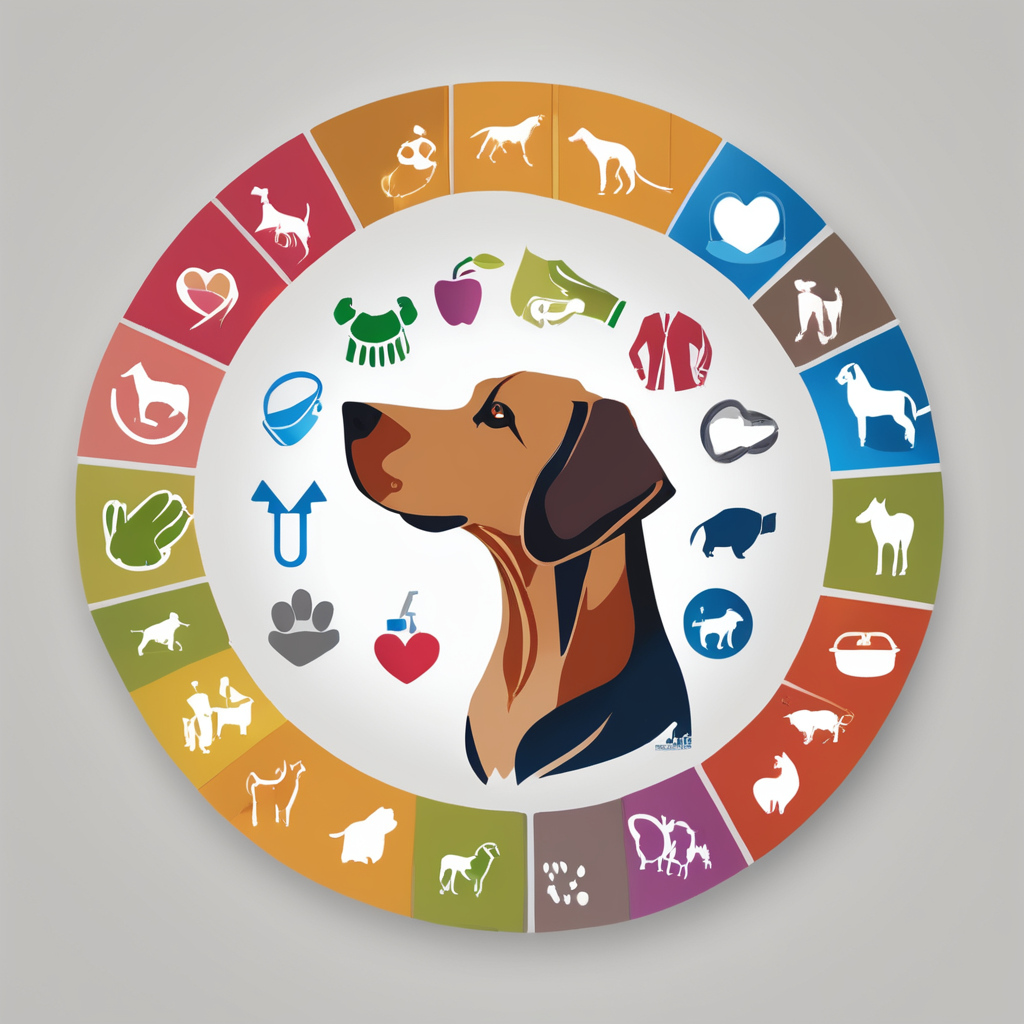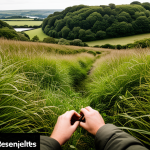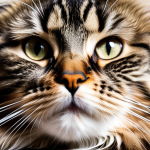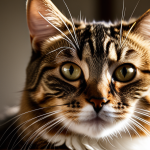Understanding Cat Behavior and Needs
Cats have distinct behavioral patterns and needs that can significantly influence their well-being when catered to correctly. Grasping the intricacies of cat behavior is essential for creating an environment that satisfies their feline needs. These pets are inherently driven by instincts that compel them to climb, explore, and find secluded spots to hide. Such behaviors should be considered when designing indoor spaces to ensure they can express these behaviors naturally.
Understanding feline instincts allows pet owners to incorporate indoor enrichment that aligns with a cat’s natural proclivities. For example, providing vertical spaces like shelves and cat trees can fulfill a cat’s climbing desires. Similarly, offering hideouts or covered areas gives them a sense of security and relaxation. Exploratory behaviors can be encouraged by arranging dynamic and changeable routes throughout their environment.
En parallèle : Discover Compassionate and Effective Cat Care: Alternatives to Declawing Your Maine Coon
Sensory stimulation plays a vital role in maintaining a cat’s mental health. In a stimulating environment, cats can respond to diverse textures, sounds, and scents, which promotes a balanced and enriched indoor life. Addressing these aspects ensures not only the physical but also the emotional well-being of cats, contributing to healthier and happier pets.
Safety Considerations for Indoor Cat Gardens
Designing an indoor cat garden requires careful consideration of cat safety to create a secure environment. The first step involves identifying and selecting non-toxic plants. Some plants, while beautiful, can be harmful or even fatal to cats if ingested. Therefore, choose species that are known to be safe for cats, such as catnip, rosemary, or spider plants.
A lire en complément : Detecting Cognitive Decline in Your Aging Dalmatian: A Comprehensive Owner’s Guide
Potential dangers extend beyond plants; sharp objects, toxic materials, and available escape routes also require attention. Conduct a thorough environment risk assessment. Remove or secure items that could injure your feline friend. Sharp edges or small items are hazards that could be overlooked but pose a risk.
In constructing the garden, use safe materials that can withstand exploration and are non-toxic, should they be ingested or chewed. Ensure garden borders are secure to prevent escapes while also allowing your cat freedom to explore without fear of straying too far.
Practical steps such as these maintain your cat’s safety while enhancing their environment. A well-planned indoor garden becomes a sanctuary delivering both enjoyment and peace of mind for both owner and pet. Your careful design and evaluation play crucial roles in safeguarding while providing a stimulating haven for your feline companion.
Design Elements for an Indoor Cat Garden
Crafting an ideal indoor garden design requires merging practicality with aesthetics to create a truly cat-friendly space. These environments need to cater specifically to feline instincts while maintaining visual appeal.
Layout and Space Utilization
Start by optimizing space, using both vertical and horizontal planes to cater to cats’ love for climbing and exploring. It’s essential to establish defined zones: one for play, another for relaxation, and a separate area for eating. These divisions can help in reducing stress and maintaining hygiene.
Furnishing for Comfort and Engagement
Integrate structures like cat trees and wall-mounted shelves, which provide vantage points and activity options. Cozy spaces, such as cushioned alcoves or beds, are crucial for feline comfort. Additionally, incorporate interactive elements like scratching posts and toys that invite play and engagement.
Incorporating Natural Elements
Natural light significantly benefits cat-friendly spaces, enhancing well-being and mood. Good air circulation also promotes healthier environments. When choosing plants, opt for species that are safe and enriching to prevent health risks. This thoughtful incorporation of natural elements not only boosts aesthetics but also ensures that the indoor garden remains a sanctuary for cats.
Recommended Plants for Cat Gardens
Creating a cat garden filled with safe plants can enhance both the physical health and overall well-being of your feline companion. Selecting the right cat-safe plants is crucial to ensure their environment remains non-toxic and enjoyable. Catnip, for instance, is a favourite among cats, stimulating their playful side. Similarly, spider plant and lavender are excellent choices, both visually appealing and harmless to cats.
Incorporating greenery into your indoor space promotes physical health by encouraging natural behaviors such as sniffing and exploring. Plants offer enrichment that stimulates cats’ senses and mimics an outdoor experience, thereby reducing stress. However, keeping indoor plants healthy and safe for cats involves more than just their selection.
Here are tips for maintaining your indoor gardening efforts:
- Regularly check plant health to prevent issues like mold or pest infestations that might pose risks.
- Ensure adequate water and light for each plant type to thrive without becoming unattractive or hazardous.
- Consider placing plants at different heights to add climbing challenges for your feline, while also protecting fragile plants from enthusiastic clambering.
Cultivating these plants thoughtfully not only reflects aesthetic allure but also ensures a healthful haven.
Maintenance Tips for Indoor Cat Gardens
Maintaining indoor cat gardens effectively requires diligence and strategic planning to ensure both plants and pets thrive. Regular hygiene practices are crucial in creating a pleasant environment. Cleaning routines should include wiping down surfaces to remove dust and debris, ensuring the garden not only looks tidy but remains a healthy area for your cat.
Seasonal plant care is equally important. Adapting your garden’s attention through the seasons helps maintain plant vitality. This involves adjusting watering schedules and light exposure according to weather changes. For instance, during the winter, plants may require less frequent watering and perhaps repositioning to capture more sunlight.
It’s imperative to monitor your cat’s interactions with the garden. Cats naturally explore their surroundings, which can impact plant health and safety. Set aside time to observe your feline’s behavior — this allows you to address potential issues early, like plants being damaged or unsanitary litter accumulating.
These practices ensure an enriching and safe environment, highlighting your commitment to creating a harmonious space for both your garden and cat to coexist. Regular attention not only prolongs plant life but also enhances your cat’s sense of exploration and satisfaction.
Enhancing the Cat Garden Experience
Creating an enriched environment for cats involves more than just a physical setup; it’s about engaging their instincts and ensuring mental stimulation. Interactive playtime activities, such as those involving toys and puzzles, are fundamental in promoting a cat’s natural hunting behavior. You might ask, “What kind of activities engage a cat’s mind?” Providing toys that mimic prey can keep cats mentally sharp and physically active. This satisfies their instinctual drive to hunt and explore.
Incorporating safe toys is crucial to encourage these behaviors. Consider using feather wands or motorized toys that allow cats to chase, pounce, and bat, effectively mimicking a hunting sequence. Puzzles can offer another layer of enrichment, challenging their problem-solving skills and rewarding them with treats, which can sustain interest.
Human interaction is also key in enriching the indoor environment. Engaging with your cat through play not only strengthens your bond but also enhances their overall well-being. By providing a rich tapestry of engaging activities, you ensure a vibrant, dynamic environment that caters to both their physical and emotional needs. This proactive approach fosters a deeper connection, enhancing the garden experience for both pet and owner.







